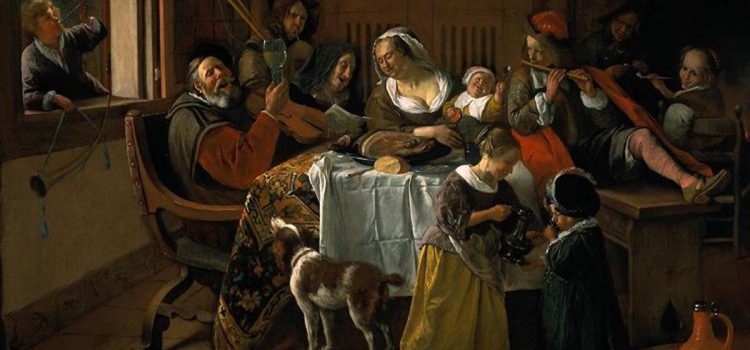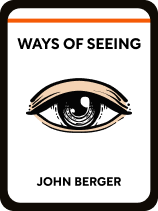

This article is an excerpt from the Shortform book guide to "Ways of Seeing" by John Berger. Shortform has the world's best summaries and analyses of books you should be reading.
Like this article? Sign up for a free trial here .
What is genre painting? How does it depict the social classes?
According to art critic John Berger, genre painting in the European oil painting tradition served a purpose beyond simple aestheticism. He believes that it sent certain messages about socio-economic status—messages that elevated one class and belittled another.
Read more to learn about genre painting.
Genre Painting in Europe
What is genre painting? In the European oil painting tradition, “genre” painting was the opposite of mythological images. Rather than depicting morality and virtue, the genre paintings depicted unrefined vulgarity. The subjects of these paintings were the working class—nameless individuals going about their lives. This is quite different from the commissioned paintings that immortalized the patron’s name in the title of the work.
The genre paintings that follow the tradition depict the working class as poor but happy. Often, the subject is even smiling outward at the viewer of the painting, presumed to be a member of the bourgeoisie. Berger says this depiction isn’t realistic, but that it kept the wealthy from feeling guilty about their privilege (mystification).
Another mystification in the genre paintings is the hidden message that the poor are less deserving of nice things. This is accomplished by depicting the subjects as sloppy and haphazard. Often their objects are strewn about without care. It implies that a person’s economic status is the result of their virtues—or lack thereof.
Berger points out that the paintings that broke with tradition and showed the darker, grittier side of poverty rarely sold—the people who were able to afford these paintings didn’t want to see this reality.
THE MERRY FAMILY BY STEEN 1668
| Genre Paintings’ Moment in the Spotlight The “hierarchy of the genres” placed the genre artform beneath history paintings, and Berger himself spends far less time discussing this category as compared to that of the history paintings. However, in 16th century Northern Europe (especially in the Netherlands), genre paintings were among the most popular. The rise of Protestantism brought with it a desire for humble works of art—a deviation from the ornate and awe-inspiring frescos of the Catholic church. In fact, the Protestant church rejected frescoes altogether (historians believe this is at least partially due to the climate in Northern Europe: It was too humid for frescoes to dry properly). Many of the masters of the “genre” genre came from the Netherlands, including Vermeer and Steen. The most common scenes depicted included social events, daily pleasure, soldier life, and scenes of drunkenness. |

———End of Preview———
Like what you just read? Read the rest of the world's best book summary and analysis of John Berger's "Ways of Seeing" at Shortform .
Here's what you'll find in our full Ways of Seeing summary :
- Why we don't need experts to "translate" works of art for us
- How the dominant class uses art and art criticism to “mystify” the working class
- How our experiences and beliefs influence what we see






